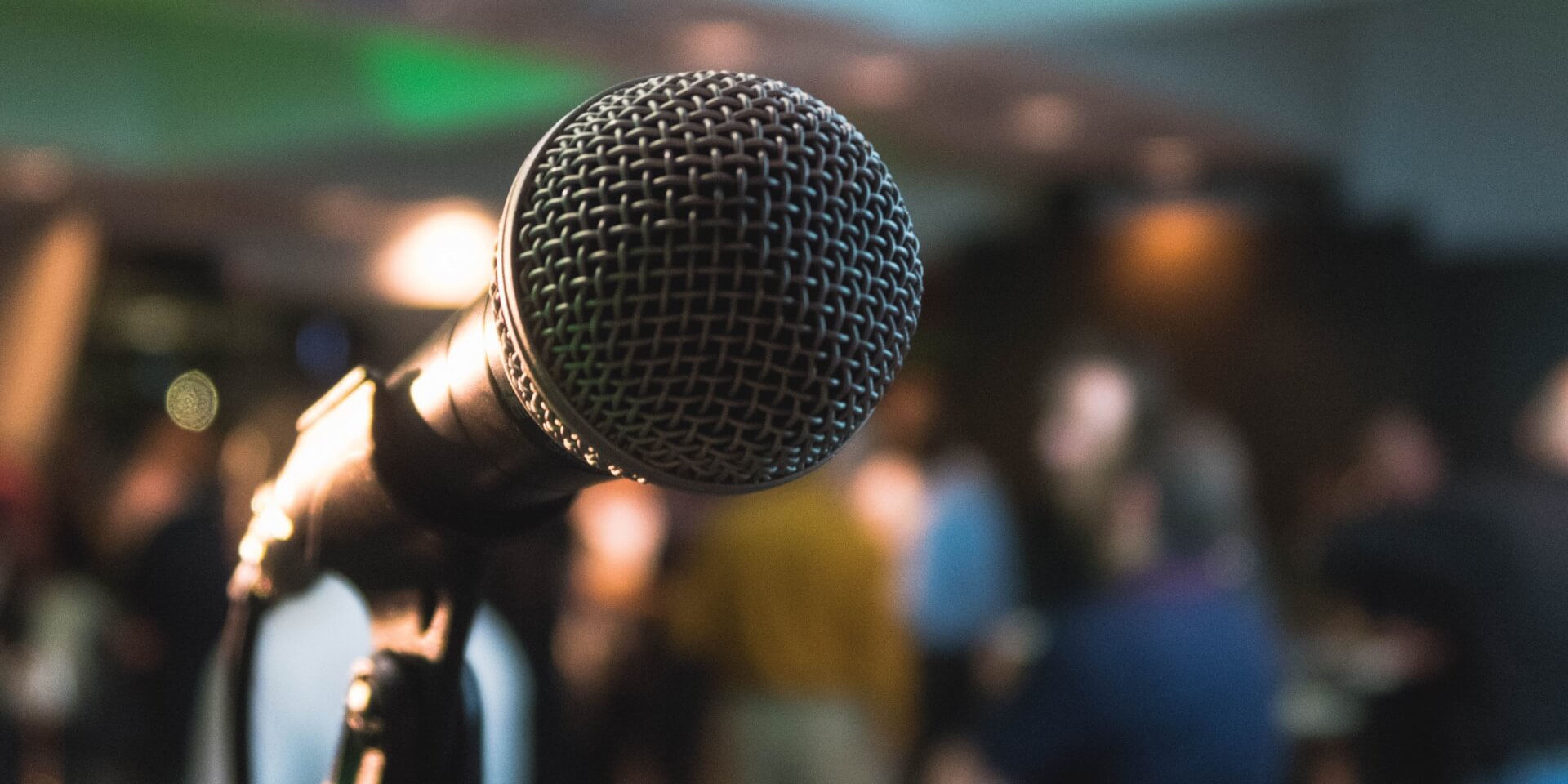Chaired by the ISC’s Vivi Stavrou and run by the U.S National Academies of Sciences, Engineering and Medicine, we look at the webinar’s key points of discussion.
On September 29th Executive Secretary of the ISC Committee for Freedom and Responsibility in Science (CFRS) and Senior Science Officer Vivi Stavrou chaired an important webinar examining the challenges of protecting freedom of expression and access to information during the COVID-19 pandemic. The other speakers were, Joel Simon, Research Fellow, Tow Center for Digital Journalism, Columbia University; former Executive Director, Committee to Protect Journalists and Michel Roberto de Souza, Public Policy Director, Derechos Digitales.
As part of a broader webinar series titled ‘Silencing Scientists and Health Workers during the Pandemic’, hosted by NASEM’S Committee on Human Rights the webinar examined threats and other attacks on scientists and health professionals during the COVID-19 pandemic, along with implications for freedom of expression, the right to information, and other internationally protected human rights.
The webinar examined global concerns regarding governmental repression of public health information related to the pandemic through use of criminal law and other means. Panellists discussed the challenge of protecting freedom of expression and access to information during the pandemic, while addressing concerns regarding mis- and disinformation.
Here are 5 key takeaways from the discussion:
1. Freedoms of expression, fact-based communication and scientific critique are vital during a public health emergency.
- Freedom of expression and fact-based communication are essential for governments and organized science to best allow people to access and understand public health information, whilst also learning how best to protect themselves and their communities. This type of communication, in the form of scientific advice directly to governments, is a critical function in public health emergencies. However, equally as important in the scientific process is critical debate: scientists must be free to express legitimate concerns about the validity of published research. Attempts to restrict or discourage the freedom of scientific critique represent a serious infringement on scientific freedom and in a public health emergency, are extremely dangerous. This was evident in the harassment and intimidation of Dr Elisabeth Bik, who questioned the integrity of a study promoting the drug hydroxychloroquine to treat COVID-19, her case is an apt example of the threats to scientific freedom during the pandemic. In the process of generating effective interventions for the COVID-19 pandemic, scientists had a responsibility to interrogate emerging research. Similarly, the deliberate promulgation of scientific scepticism and pseudo-science in a public health emergency can cost lives.
2. COVID-19 was born in censorship and censorship spread around the world.
- Whilst traditional associations of ‘top-down’ censorship were linked to authoritarian states during the pandemic, with vast crackdowns, the imprisonment of journalists and the outright suppression of information, censorship during the pandemic was evident across all styles of governance. Many democratic states were guilty of what Joel Simon dubs ‘censorship to noise’ or ‘flooding’ during the initial stages of the pandemic. This involved censorship through news and media, effectively flooding the information space and drowning out and marginalizing critics. This strategy allowed leaders to both subvert and inform public consensus around the health crisis, causing confusion and distrust among the public.
3. The majority of governments failed at providing effective communication in the initial stages of the pandemic.
- Protecting the health of the population requires rapid, clear and effective communication from governments. The distribution of this would have deepened public trust in institutions of government, public health officials, and scientists. From this established trust, the implementation of measures to protect public health would have been more likely to be willingly applied by citizens who understood the dangers of not doing so. Similarly, it would have aided in building a consensus for strategies that were necessary in certain contexts.
4. The line between acceptable and unacceptable government restrictions on rights was difficult to ascertain during the pandemic.
- Whilst still a grey area for many, there is no public health basis for limiting what Joel Simon calls our ‘positive liberty’, which is the power we have to shape the political environment in which we live, express ourselves and influence the authorities that govern our lives. Restricting these freedoms is inherently illegitimate, as there is no public health basis for such measures. However, ‘negative liberty’, sometimes known as the ‘freedom from’, or the individual freedom we have to act consistently with our own values and beliefs, can be acceptably limited if it serves the purpose of the protection of public health. These measures are only acceptable if a government declares a public health emergency and notifies the appropriate international authorities. During COVID-19 we saw opportunistic measures from many governments that implemented restrictions on positive liberty.
5. Public health is far from only medical in nature.
- Health, and thus, public health emergencies and their responses involve all of society, civic life, social life, economic and political life. This understanding must be woven into the communication, research and implementation of governments, public authorities, and the scientific community.
Watch the full webinar here: https://www.nationalacademies.org/event/09-29-2022/censorship-and-the-right-to-information-during-the-pandemic
The information, opinions and recommendations summarised in this blog are those of the individual webinar contributors, and do not necessarily reflect the beliefs of the International Science Council (ISC).
Photo by Kane Reinholdtsen on Unsplash
